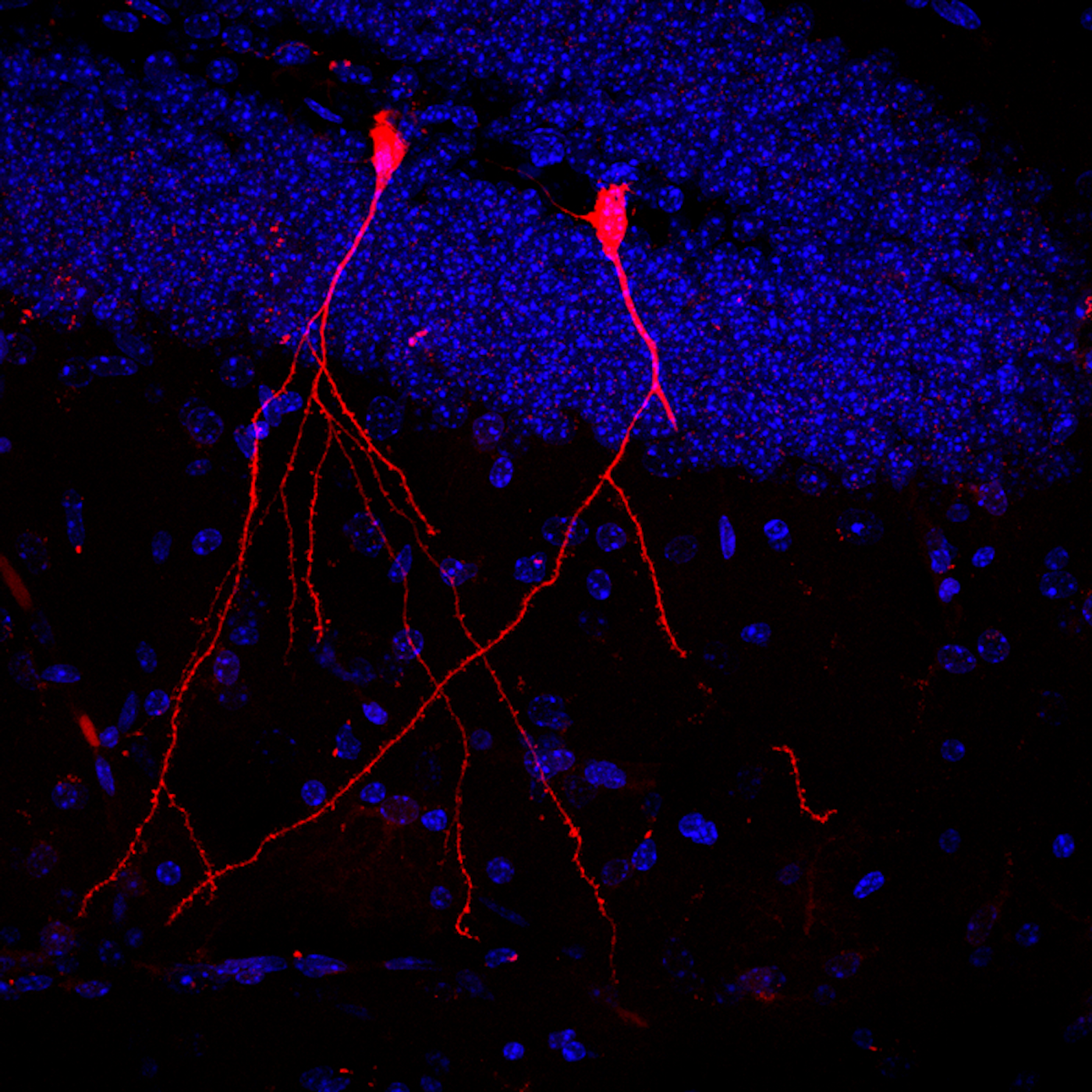A Delivery System That Enables Gut Microbes to Communicate with the Body
There are trillions of microbes that live in out gastrointestinal tract, and each one of those single-celled organisms has their own genome, and they churn out their own molecules, some of which can have an effect on us. Researchers have been learning more about the connections between the gut microbiome and human health, and many links have been revealed, like the gut-brain axis, the gut-liver axis, and the association between the immune system and the microbiome. Scientists have now learned more about how the molecules that are generated by microbes that are supposed to be sequestered in the gut can travel around the body to influence the activity of other organs. This work, reported in the Journal of Extracellular Vesicles, has suggested that direct, cell-to-cell contact is not needed to transmit biologically active molecules from microbes to human cells.
It has been suggested that bacterial molecules move around the body in little packages known as extracellular vesicles or outer membrane vesicles. In this study, researchers have confirmed that theory by using a mouse model that was colonized with a genetically engineered form of Escherichia coli gut bacteria. These modified E. coli were made to produce molecules that can be seen in fluorescent red once they are absorbed by cells in the peripheral organs of their host, like the liver, heart, kidney, brain, or immune system.
“Particularly impressive is the fact that the bacteria’s vesicles can also overcome the blood-brain barrier and in this way enter the brain, which is otherwise more or less hermetically sealed. And that the bioactive bacterial substances were absorbed by stem cells in the intestinal mucosa shows us that intestinal bacteria can possibly even permanently change its properties," said co-corresponding study author Dr. Stefan Momma of the Neuroscience Centre of Goethe University.
The results suggested that the vesicles containing bacterial molecules move throughout the bloodstream and can end up all over the body, said Momma. Not only will learning more about these vesicles and the molecules they contain teach us more about human disease, they could also be repurposed and used as drug delivery systems or biomarkers, Momma added.
Sources: Goethe University Frankfurt, Journal of Extracellular Vesicles









